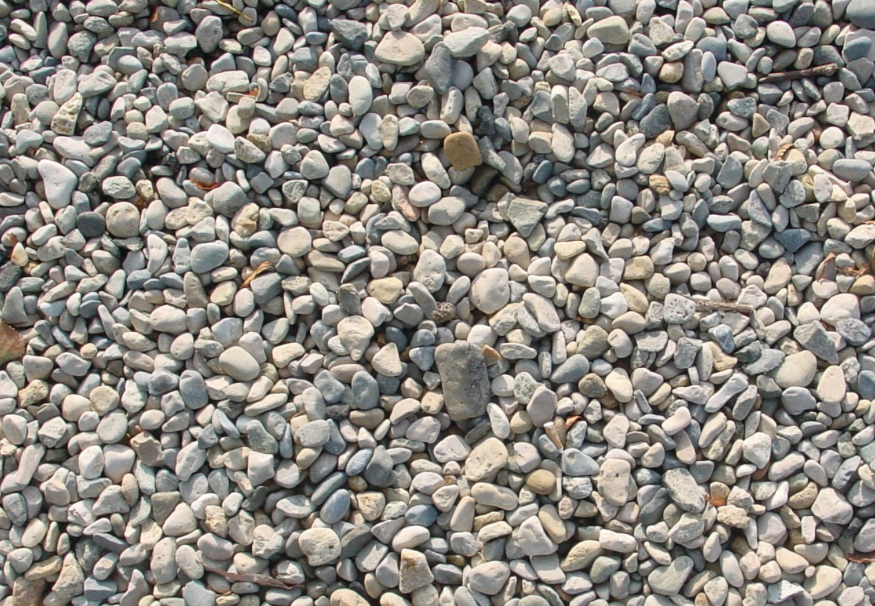Sound Tracking
-
I hope i explain this the right way , as i have no clue about sound! Imagine a 7x7 m wide stage filled with pebbles. 3 microphones stage front (l/m/r) realise the noise of the performers walking across stage and the effects of the rear projection on the opera should react according to the sound level, the direction (l/m/r) and also react to the intensity of the noise created on the pebbles. I hope this makes sense
 do i need a special sound card for this? i realised the sound frequency actor, but it only works for 1 microphone as far as i understood. any help highly appreciated...best
do i need a special sound card for this? i realised the sound frequency actor, but it only works for 1 microphone as far as i understood. any help highly appreciated...best -
Hello,
It really depend of:– What the level of the sound– the distance of the microphone– the quality of the microphone– the quality of ampIn any case, for more than 1 separate source analysis, you need a sound card with a minimum of four entries with mic preamp, 48V alim, and good condenser mics.You need to be more precise, witch pebbles? witch floor?And perhaps a real sound app, like Max or pure-data?jacques -
Interesting question - need to think about this one.
it would be much easier to do with live video or sensors (arduino, etc) but I guess thats not much help! -
@Skulpture I know that there would be different easier possibilities. one could even fake it by just listening to the sound level and the position of the dancers. but i will not be able to tour this show so the choreographer
wants to keep the tech setup easy. and as i never worked with sound in a way it is a challenge and a new way of using Isadora.@jhoepffner Imagine a wooden frame on the floor 6x6 m and 10cm high. this frame will be filled with pebbles like on the picture i added. and as they move across (and probably back and front) there should be different triggers according to their position and noise level. like if they stomp on the pebbles, grab and drop them, slide their feet across, drop on them,,ect. is there a way to have microphones underneath the pebbles to cover a certain area?
-
I will try with piezzo mics, they are very cheap and you can tape it to the wooden floor. For contact sound like the pebbles, it's quite accurate.http://www.instructables.com/id/Make-a-Contact-Microphone/It's a little bit difficult to sold the wire and I put some epoxy glue on it to solidify.The signal is weak and asymmetrical, so you need DI to wire it to your sound card with a length longer than 2m.http://www.samsontech.com/samson/products/processors/s-class-mini/sdirectplus/Unfortunately Isadora only recognize 4 stereo input, so you need 4 stereo input…I would definitely use Max/Msp (or PureData for the braves) to analyse the sound, much more precise and easy to manage, you can analyse four separate mono input, then OSC to Isadora and voilà!Jacques -
I work with piezo disks a lot. The main difficulty is to get accurate sound level out of these. Piezo in great for detecting a bang, but it acts like a bell afterwards -resonating up and down wildly for a 1 sec. This brings up another difficulty - if your bang more than 1 in a sec you may get really messy results.
I used to love computer interactivity, but the more I deal with it I think that humans are much better performing complex detection tasks. So I would consider writing good manual for anybody to operate sound and video interaction.
Otherwise PD(puredata) is free and absolutely fantastic tool. Very good help community as well. -
You can always buy an old midi drum brain, this will simplify things a bit. You can use home made piezos on long cables to go into the brain (some have calibration), it will then give you midi notes out with the "volume" encoded as note velocity, super easy, convenient and no heavy coding or other software. As the piezos eventually die, I would send them with a bunch of spares pre-made so they are easy to swap out if the stop working (we were using them as cheap drum triggers, after a lot of hitting they would become less sensitive. You would probably have to design some kind of calibration routine in Isadora to get the setup correct for the show, but this is also pretty easy.
I used Alesis trigger IO (very old, but they worked fine) and you can still buy them- like this bargainhttp://www.ebay.com/itm/Alesis-Trigger-IO-Digital-Recording-USB-Midi-Interface/182158567941Fred